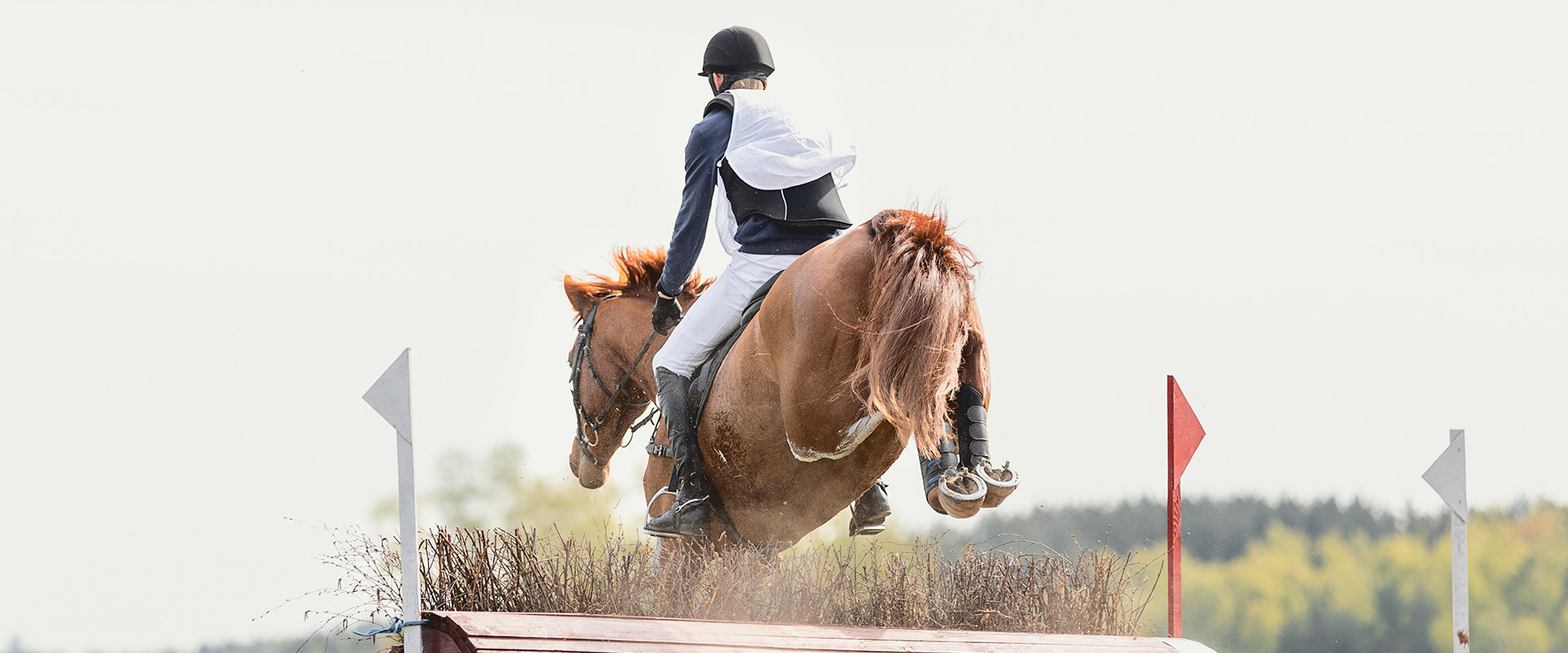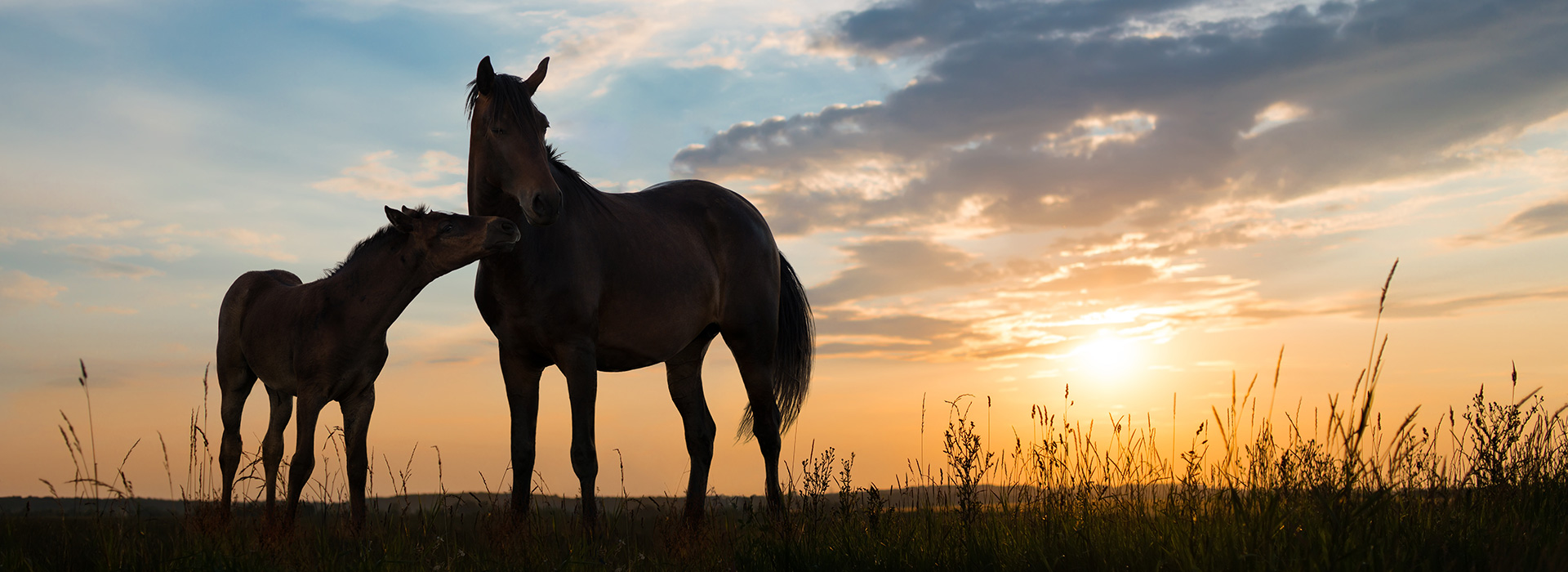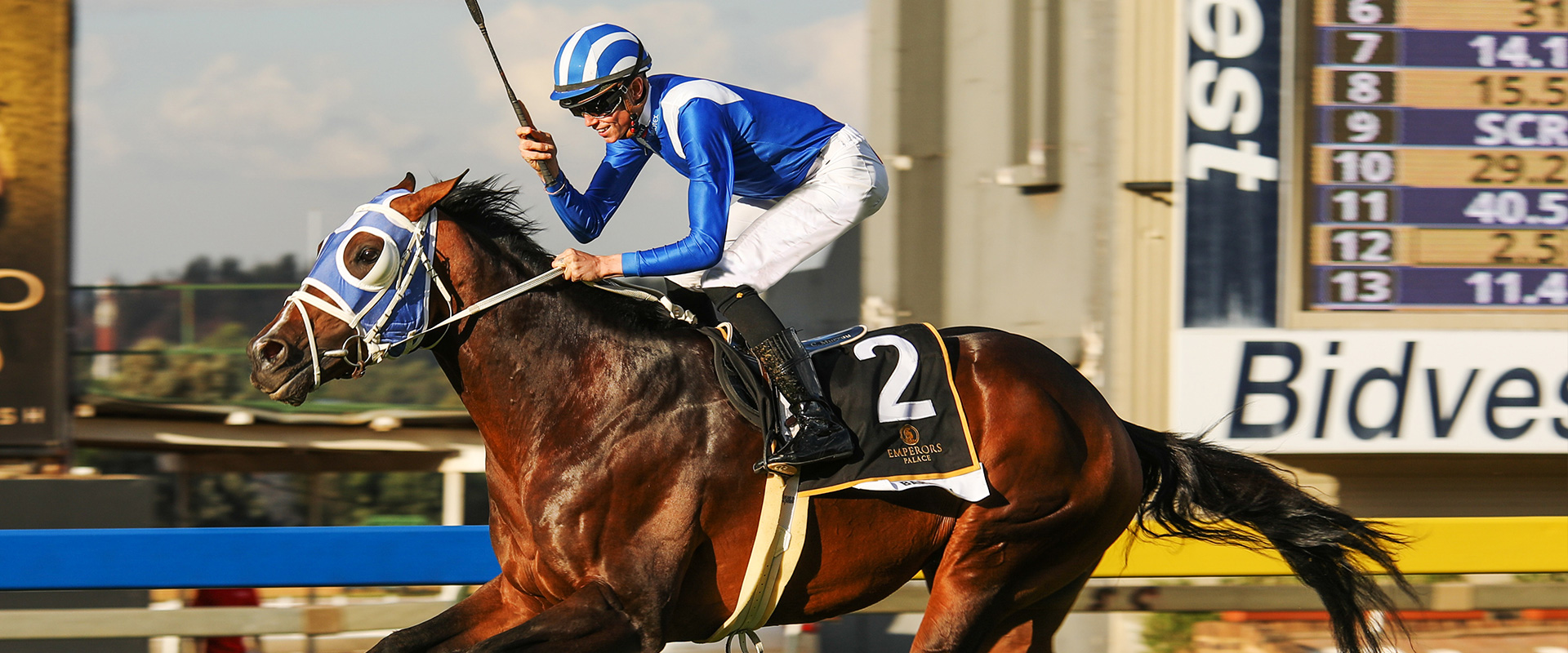As our horses live longer and longer, problems arising from poor, or few, teeth are becoming far more common and the loss of one or more teeth can severely affect their ability to forage and chew.
Horses, like humans, only have one set of permanent teeth for their lifetime and therefore routine dental care is of the utmost importance to ensure this one set stays complete. Regular dental checkups are recommended at least every 6 months for horses with poor teeth. Horses more often than not lose their teeth to disease, but cracked or infected teeth resulting from injury are common and often result in the affected tooth being removed to avoid secondary issues.
Horses have hypsodont (continuously erupting from the gum) teeth, and so the chewing process over time will constantly wear down each tooth, meaning the older the horse gets the less tooth there is left, which is why older horses may have more issues than their younger counterparts.
Signs that teeth may be missing or there is a dental problem:
• Your horse is quidding forage, or dropping feed.
• Your horse has lost weight – although this does not always mean that teeth are the issue. Make sure you schedule a full veterinary checkup, including bloodwork, to rule out any other underlying medical problems.
• Frequent choking
Feeding Suggestions
It is important to note here that no matter how many teeth your horse is missing, his ability to chew and thus digest food will be compromised. For any horse, fibre is the most important part of any diet, but missing teeth may mean that traditional hay and grazing is not an option. For example, if your horse is missing incisors, he might have difficulty grazing short grass as it will be difficult for him to grip and tear off the short stems. Grazing is still vital, however, but remember that you will not be able to rely on pasture as the major source of nutrients for such horses
Horses without molars have difficulty grinding their feed, so in these cases it is best to avoid ingredients with hard outer coats such as whole maize, sunflower seeds or ingredients that need to be reduced in size before swallowing (such as long stem grass or hay). This is a problem as large clumps of hay or grass (boluses) could become stuck in the Oesophagus, causing choke. Where a horse is missing molars, then you will need to take some of the work out of chewing for him.
Where to start?
1. As far as roughage is concerned, horses with dental issues should still have free-choice access to either grazing or hay, allowing for a more natural range of behaviours. This can also help to reduce the chances of digestive upsets, such as gastric ulcers and colic. Choke-prone horses are the only exception to the rule and should not be allowed access to long-stemmed hay or pasture. Alternative fibre sources such as hay cubes, chaffs and beet pulp can help to provide quality fibre to the diet of horses no longer able to chew long-stemmed roughage and to supplement those who have difficulty grazing. Equus Nice ‘n Easy and Equus Lucerne Cubes are ideal roughage alternatives.
2. If your horse is not able to maintain his workload and/or weight from grazing and fibre sources alone, then an additional concentrate feed will be needed. To aid your horse to obtain the most nutrients, choose a feed that has been processed, that is, one that has been pelleted or extruded. During the pelleting process, feed stuffs are ground up, mixed together, pressed through a die, and cut to the desired length. This helps by breaking down the ingredients for the horse (something chewing would normally do) while giving a better distribution of ingredients, and prevents the horses from having to pick through their feed. Extruded ingredients can improve horses’ starch and protein digestion according to some research. Either Equus Train ‘n Leisure or Equus Nice ‘n Easy would be suitable in these cases.
3. Provide small meals often. Dividing feed, especially concentrate feed, into smaller, more frequent meals throughout the day is helpful as pellets are often eaten much faster and spreading the feeding of them them out provides the horse with a more natural way of eating, that is, more or less continuously throughout the day. In the older horse, it also allows the gut adequate opportunity to utilise and digest each meal fully. Another feeding tip is to soak pellets and hay cubes before feeding. Chewing results in saliva production, and saliva moistens the feed so it is easier to swallow, so, if a horse with few teeth tends to rush his feed without much chewing, then moistening the feed can help prevent choke. Not much water is needed and the time is minimal if warm water is used.
Although feeding the toothless horse can be a challenge, it is possible to provide your horse with the required nutrition.




